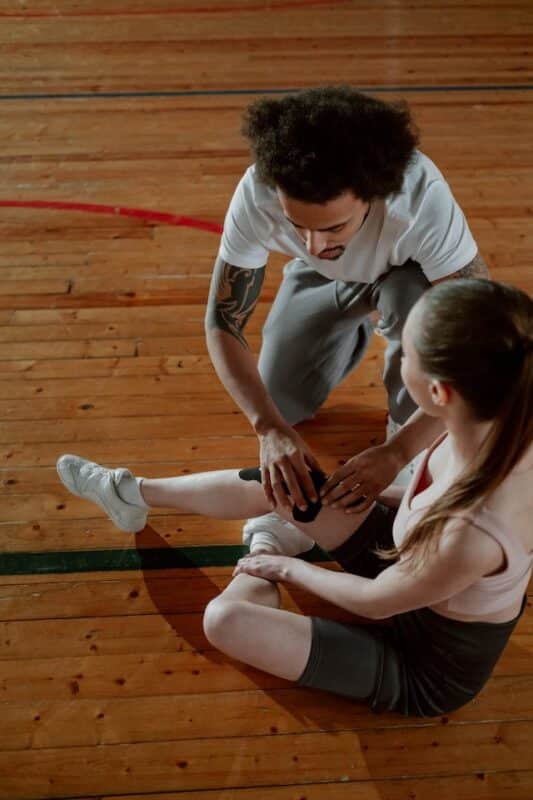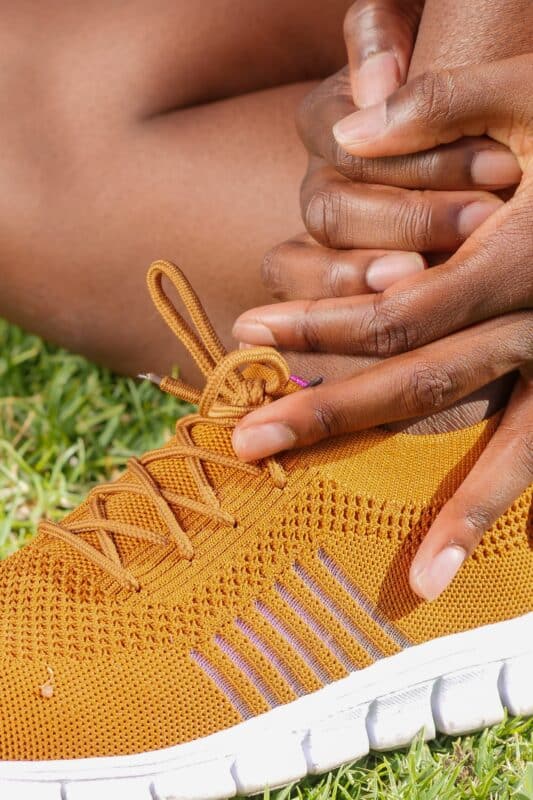
Contents
Using injury prevention to stay at the top of our game and avoid common running injuries
You’re a runner, a trainer, an athlete or a lifter – what’s one of your biggest fears?
Injury.
But we’re not just talking about stubbed toe or cramped shoulder, we’re talking life-changing, game-ending, show-stopping injuries…
And all we have to do is put simple measures in place to stop them from happening.
From the right running shoes to proper strength training techniques, there’s a lot to think about. More specifically, there’s a lot to consider as being a potential red flag. Most of us have been training for a while and I’d say most of us are in decent form. While injuries may seem like a flicker of a worry given the evidence so far, it doesn’t mean that flicker won’t grow bigger.
And your athletic career comes to an end.
Let’s run through some simple ways to help prevent injuries today, so you can keep on growing for as long as you live.
Strength
One of the most obvious ways to prevent injuries is to make our bodies more resistant to them. Strength training’s a killer way to develop that resistance, but there are a few things to consider before hitting the gym.
From runner’s knee to Achilles tendon problems, injury risk is rife. Check out some of these exercises below, provided by Strength Running, to see if they’ll help. With exercises focussing on core strength and dynamic exercises targeting growth in multiple areas you won’t be short of injury prevention here.
- The ITB Rehab Routine (glute and hip strength)
- Standard Core Routine (my bread-and-butter core workout for runners)
- Tomahawk Medicine Ball Workout (advanced)
- Gauntlet Plank Workout (if planks are easy, this routine is for you)
- Standard Warm-up (dynamic flexibility)
- Mattock Warm-up (dynamic flexibility)
Overtraining
One of the biggest threats to your body is putting too much strain on it. It sounds obvious, but most of the time, it’s not a falling rock that bruises us, it’s our own choice to jump under it.
For runners, Marathon Handbook writes, ”You can prevent overtraining by increasing your weekly mileage gradually and making sure that you are eating, sleeping, and hydrating enough to keep up with the demands of your training.”
Form
Form is another killer. Often overlooked or underdeveloped, improper form can lead to shin splints, stress fractures, muscle injuries, problems with leg joints and so on.
Even experienced runners are guilty of improper running form. The whole exercise can get quite complicated when you factor your whole body into it, but at the end of the day, all you need to do is look at key elements of form online, and safely mimic them.
Check out these 8 Tips To Make It Effortless.



Conclusion
Easy. You’ve just started a journey to preventing overuse injuries with a quick read, or lower leg pain while sacrificing 3 minutes. This is the point – all it takes is a little read to find great answers, and sustain your fitness lifestyle for as long as you want.
FAQs
Is overuse injury prevention proven to work?
Absolutely. The science is abundant, and case-by-case evidence is equally so.
Can a running injury be caused by improper footwear?
Absolutely, when running, you should always seek professional advice from a specialist running shop.
The most common knee-related injuries are: runner’s knee, patellofemoral pain syndrome, and iliotibial band friction syndrome. They are usually down to the fact that people have an ankle instability, or they are not controlling the legs well with their hip muscles. The second most common is shin splints or medial tibial stress syndrome. Then Achilles tendinopathies and plantar fasciitis, on the underside of the foot.